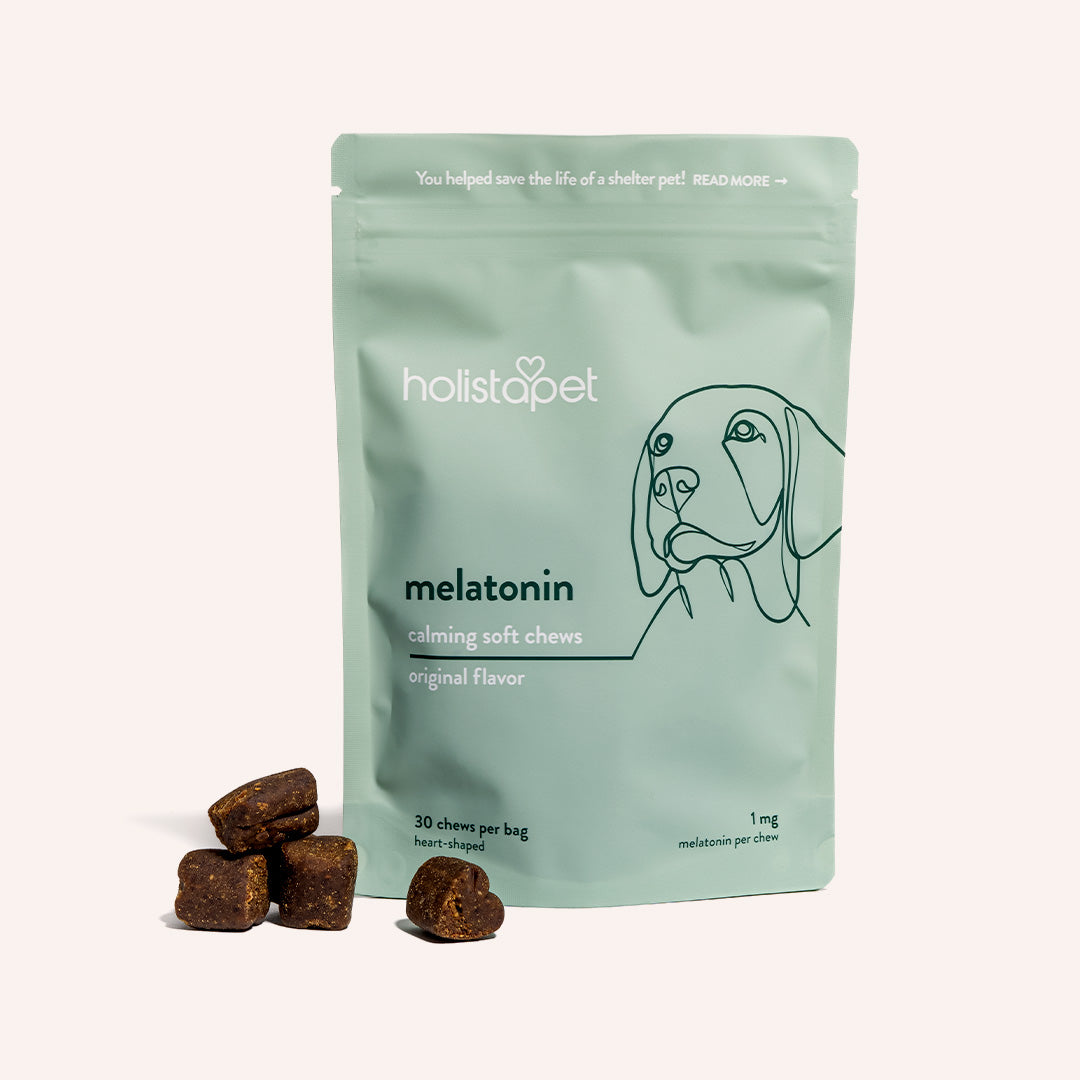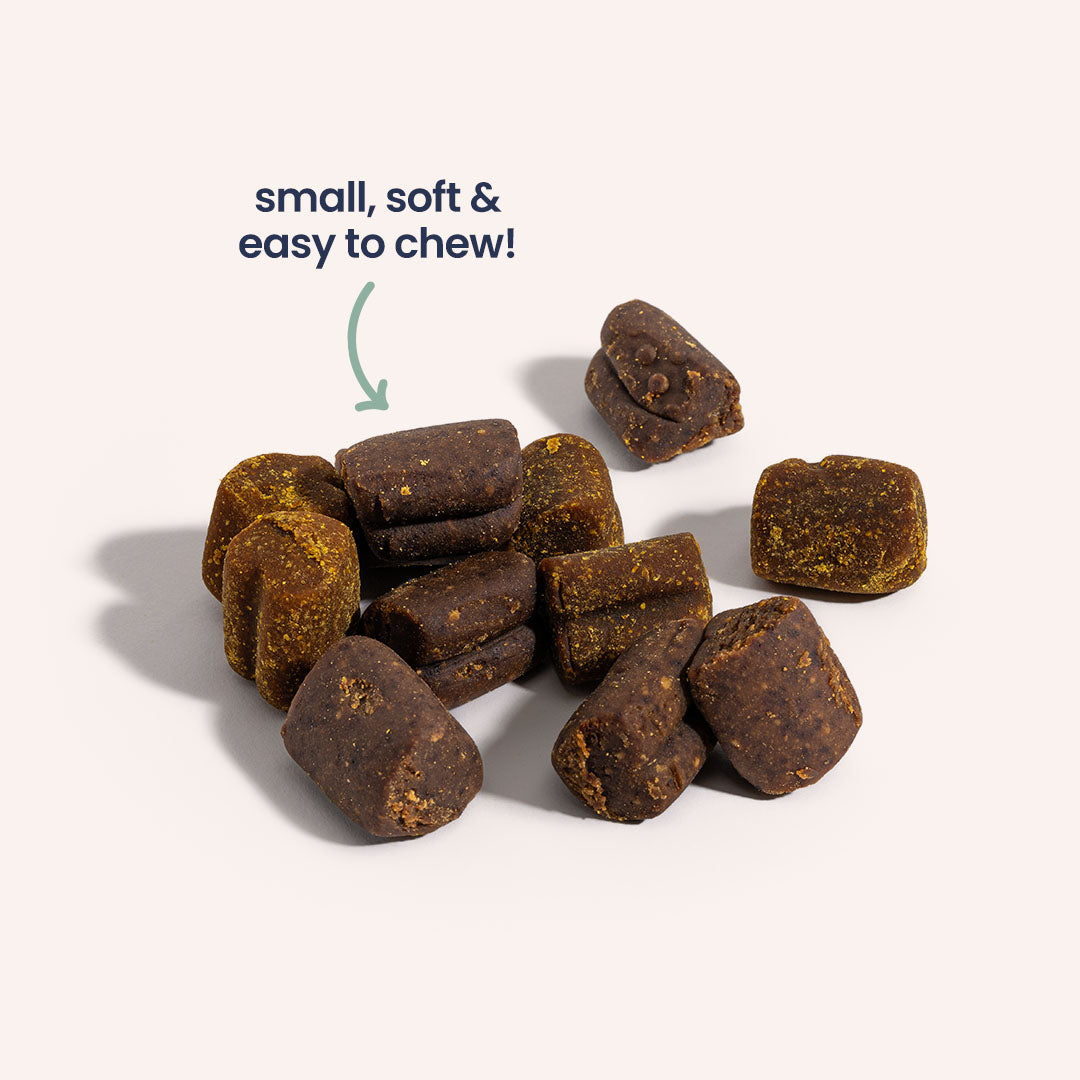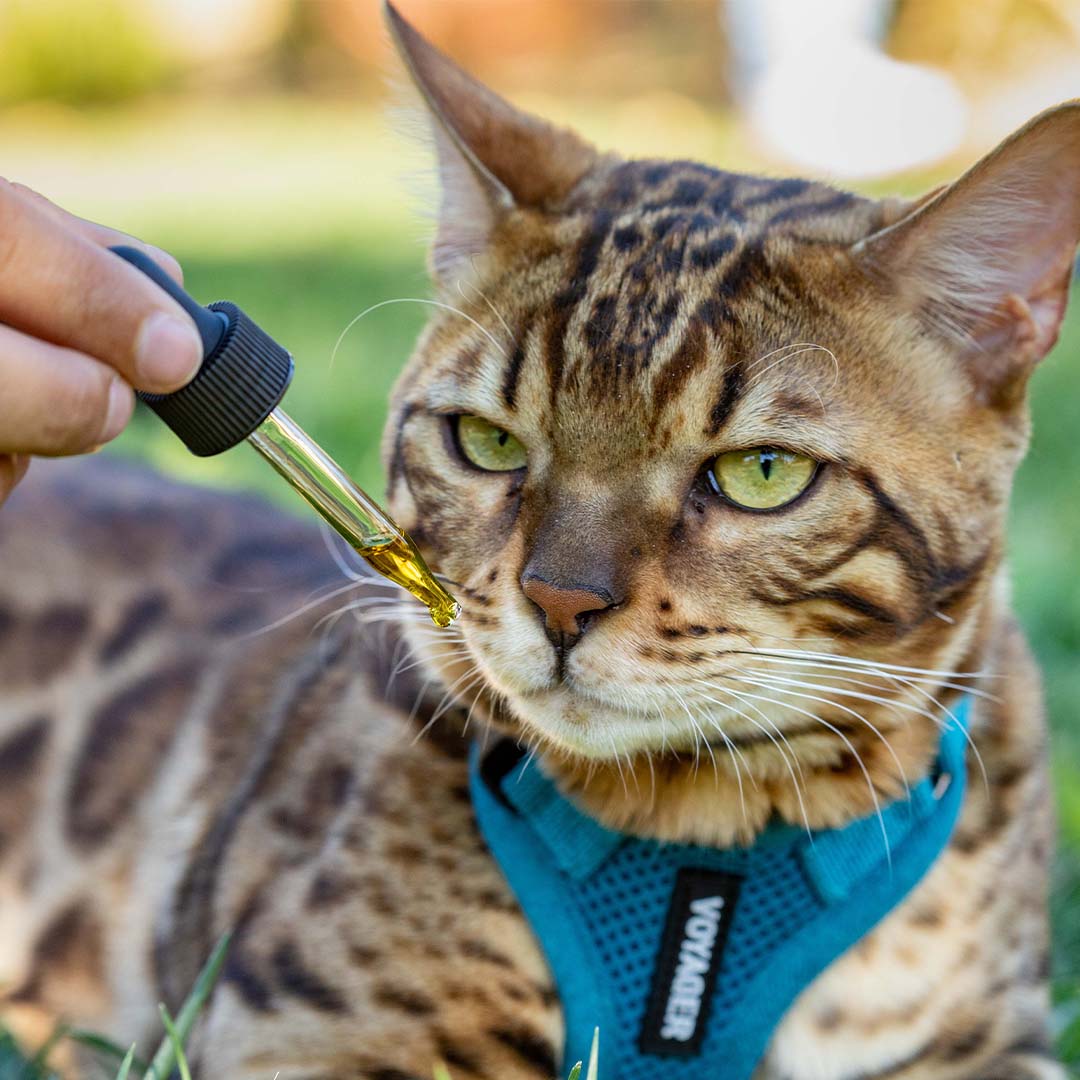You might just have to see a Falabella horse to believe how tiny this breed is. The Falabella horse became one of the world's smallest breeds through generations of breeding and natural selection. Originating from the plains of Argentina, the Falabella has since traveled across the globe and gained fans on every continent.
Falabella Characteristics (Physical)
Despite being one of the smallest horse breeds in the world, Falabella horses are not considered ponies. They are considered miniature horses because of their bloodline. Falabellas have all the features of their ancestors but in a compact size. Born in the wild, Falabella are strong, athletic, and durable. They are very capable jumpers and can clear obstacles up to 3 feet tall. Their strong hind legs come from their Thoroughbred blood.
Falabellas also have fascinating anatomy due to their small statures. They usually have fewer vertebrae and ribs than regular horses. Through many years of living in the harsh weather in the plains in Buenos Aires, Falabellas have become extraordinarily tough and hardy. As a result, they have exceptionally long life spans of 40-45 years! By comparison, the average Falabella lifespan is around 25-30 years.
Size
Because of their small Falabella horse size, males and females have very little difference in height and weight. Falabella are rarely taller than 34 inches and generally stay under eight hands (32 inches) tall. They are too small for adults to ride but can make fantastic steeds for small children. Falabellas can weigh up to 70 pounds! The average horse weighs around 1000-1500 pounds.
For context, they are the same size as a large dog. Falabella foals are even cuter when they are born. They can stand anywhere from 12 to 22 inches tall, similar to a small or medium dog.

Personality
Falabellas are a very intelligent and obedient horse breed. They have very gentle temperaments and are easy to work with. Because of their size and temperament, Falabellas can make good house pets! Owners may want to provide them with rubber shoes to avoid damaging the floor or risk them slipping. But, remember to let them out to exercise every day. Falabellas love to be around people. Despite their wild history, they're a sociable, friendly breed. This trait makes Falabellas great for families with small children.
You can train Falabellas to be guide or companion animals — their personality suits them for both. Miniature horses have become a popular option for therapy programs across the country for people with PTSD, learning disorders, or anxiety. With their calm temperaments, they are perfect for providing comfort for their patients.
History
Falabella originated in Latin America. They are descendants of horses brought by the Spanish during their attempt to conquer the Western world. The Spanish used horses from the Andalusian and Iberian bloodlines because they were tough and durable. But, after their unsuccessful conquests, the horses were abandoned and left to survive on their own.
By the 19th century, these horses eventually migrated across from Latin America over to South America. Over time, they adapted to the rough terrain and harsh weather, developing new biological features. The horses gained sharp instincts and the ability to sense danger, as well as incredible resilience.
The most significant change in the bloodline was the shrinking. These horses became smaller to adapt to their environments. Since they were often isolated from other herds of horses, and most Falabella herds were products of inbreeding. Experts believe that this inbreeding caused many genetic mutations, which also contributed to their small size.
Modern Domestication
In the early 1800s, a man named Patrick Newtall discovered these wild horses, along with the Mapuche Indians, in the plains of Buenos Aires. He collected some of these horses and brought them back to his farm. Newtall then began his quest to create a small but sturdy horse breed. Newtall started breeding some of the local, smaller Criollo stock horses with these wild horses. In 1868, the first Falabellawas born. After Newtall's death, his breeding program was passed onto his son-in-law, Juan Falabella.
Juan Falabella introduced new blood into this breed by mixing the Welsh Pony, Shetland Pony, and small Thoroughbreds with the foundation horses that Newtall created. Generations of selective breeding would continue until the Falabella family finally created the first breed registry for Falabellas. They named this horse after their family name, and it is the Falabella we know today.

The Race for the Smallest Horse
Juan Falabella's son, Julio, continued his work and aspired to make this breed even smaller. They stood around 40 inches tall at the time, but Julio wanted to achieve a horse that was only 30 inches in height. When Julio finally succeeded, he began to sell these horses around the world. The first Falabella horses to arrive in America were purchased by the Regina Winery in California in 1962.
The winery bought 12 stallions from John Aleno, who obtained them from Julio Falabella to promote their wine. Most Falabella in the United States today descend from these Falabella stallions. There are an estimated few thousand Falabella in the world today. Despite their popularity, they are still considered a rare breed.
How to Care for a Falabella
Falabellas are pretty low maintenance making care for this horse quite easy. They don't require much attention beyond basic grooming and care. Although they may be small and easy to cuddle, they are just like any other horse and love having space to graze.
Training
It is very easy to train Falabella because of their calmness and intelligence. Even though they come from wild horses, generations of breeding have made them very easy to tame. They are often found in show jumping events due to their ability to jump high. As long as you employ positive reinforcement techniques, a Falabella will pick up on tricks and skills quickly. It's important to start training these horses when they're young, but a Falabella can still learn at any age.
Nutrition and Feeding for a Falabella
Falabellas have a pretty standard diet for a horse. They should eat a combination of hay, grass, grains, vegetables, and fruits. A typical backyard or farm is usually enough room for them to graze because of their size. If your horse does not have access to a pasture for grazing, hay is the ideal feed. Ensure not to overfeed this breed, as they can gain weight quickly (they are very small, after all). Balance out their meals with grains — we recommend making grain 10% of their total diet.

Coat Color And Grooming
Falabellas have short coats that can come in many different colors and patterns. The most common colors are bay, chestnut, brown, black, and occasionally pinto (large patches of white on the coat). Spotted or leopard coats can also be found on Falabellas, but they are far rarer. Falabellas can have long manes and tails as a product of their ancestry. You should groom them often to remove any dirt that catches in their hair. Grooming is also important to remove any knots or tangles in their manes and tails.
Grooming is also a great time to check for any issues with your horse's hooves, teeth, or skin. Especially for a Falabella, their small sizes might hide small cuts or scrapes they might get.
Health Problems
Falabellas are a healthy breed that does not have too many breed-specific health issues. While other miniature horses may have many health issues, such as limb deformities or obesity, due to intense selective breeding, Falabellas do not. Most of the early issues with inbreeding have been phased out. Falabella are not miniature versions of any horse and are their own breed. Through natural selection and their innate ability to adapt, Falabellas are strong horses that can live long and prosper.
Still, it is wise to keep an eye out for the following conditions that commonly show up in miniature horses:
- Patellar Luxation
- Obesity
- Underbite or overbite
- Fecoliths
How to Get a Falabella
Although they aren't considered an endangered breed, Falabellas are still pretty hard to find. This is because only a couple hundred are thought to live in America. Plus, only pure Falabella are registered with the Falabella Miniature Horse Association (FMHA). To register, a horse must undergo DNA testing to prove its Argentinan ancestry. An unregistered horse has most likely been mixed with another breed.
The FMHA is one of the first Falabella registries in America. Established in 1973, shortly after the first Falabella horses came to America, they are dedicated to promoting and preserving the breed worldwide. The founders of the FMHA purchased their first horses directly from Julio Falabella in 1971. According to Toyland Falabella International, a full grown Falabella horse prices can range from $1500 - 12,000+ depending on their lineage and coats.

There are some farms and breeders that may have Falabellas available. Still, they will need to be contacted directly through email or on their site. Toyland Falabella International is a great resource to find your next Falabella. They require all their horses to be registered with the three main registries: the FMHA, American Miniature Horse Association (AMHA), and the American Miniature Horse Registry (AMHR). A registered horse ensures that the Falabella is in good health and has a clean pedigree.
More About This Horse Breed
The Falabella breed's easy-going, sociable personalities make them great with people. They are a small but fun horse that you must see to believe! After all, how many horse breeds are capable of being indoor pets?








![Probiotics For Dogs [Soft Chews]](http://www.holistapet.com/cdn/shop/files/Probiotic-Infographic-1_472d7a29-e30c-435a-9638-1365d8c3a9f9.jpg?v=1725384841&width=104)















![Falabella Horse: The Pint-Sized Pet! [Personality, FAQs, & More]](http://www.holistapet.com/cdn/shop/articles/455.jpg?v=1717001776&width=1500)
![Mustang Horse: Icon of the American Wild West [Ultimate Breed Guide]](http://www.holistapet.com/cdn/shop/articles/436.jpg?v=1717001620&width=500)
![Which is the Fastest Horse Breed? [These Equines Go the Distance]](http://www.holistapet.com/cdn/shop/articles/433.jpg?v=1717001575&width=500)












Leave a comment
This site is protected by hCaptcha and the hCaptcha Privacy Policy and Terms of Service apply.